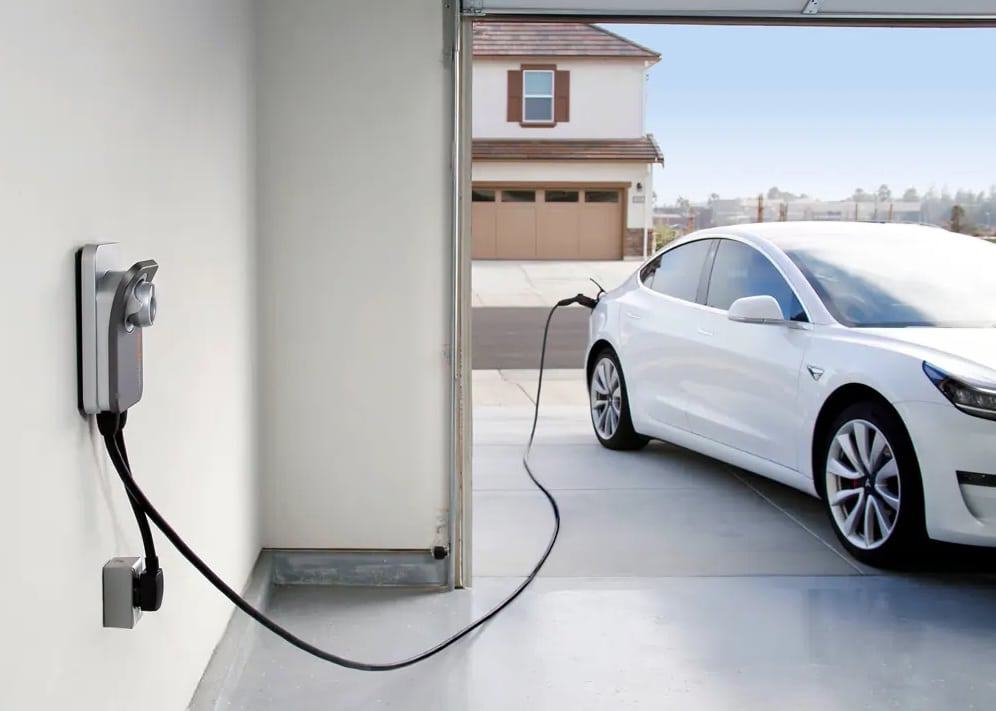The growing adoption of electric vehicles (EVs) is transforming the way we think about transportation, energy, and infrastructure. However, the success of this transition depends not only on the vehicles themselves but also on the systems that support them.
One of the key components in facilitating this transition is software, which plays a crucial role in boosting the efficiency of EV infrastructure. From optimizing charging networks to improving fleet management and energy distribution, software solutions are becoming essential for creating a seamless and efficient EV ecosystem.
Why EV infrastructure is important
As more consumers adopt electric vehicles, the demand for a reliable and widespread charging network has surged. A well-functioning infrastructure includes not only charging stations but also the systems that manage and monitor their operations, handle payments, and ensure that users can access charging stations when needed.
The efficiency of EV infrastructure is crucial for encouraging more people to switch to electric vehicles, making software solutions indispensable in overcoming current limitations.
Significant Software Enhancements for EV Infrastructure
Software impacts several key areas of EV infrastructure, ensuring that systems run smoothly and efficiently. Below are the main areas where software contributes to boosting the performance and effectiveness of EV infrastructure:
1. Charging Station Management
One of the most critical elements of EV app development platforms is the network of charging stations. For these stations to work effectively, they need to be managed properly. Software platforms are responsible for overseeing the operation of charging stations, tracking their status, scheduling maintenance, and providing real-time information to users about station availability.
Features of software solutions in charging station management:
- Real-time monitoring: Software allows operators to monitor charging stations remotely, detecting potential issues before they disrupt service.
- Dynamic pricing: Charging station operators can use software to adjust pricing based on factors like demand, time of day, or the station’s usage.
- User interface: Software enables users to locate charging stations, check availability, and even reserve slots, ensuring a smooth and convenient experience.
By streamlining the management of charging stations, software solutions help ensure that EV owners have easy access to charging points, reducing the likelihood of downtime due to malfunctions or inefficiency.
2. Energy Optimization and Grid Management
Electric vehicles require a significant amount of power to charge, and the ability to manage this demand is a key concern for EV infrastructure. As the number of EVs on the road grows, it’s essential for the energy grid to handle fluctuations in demand without causing disruptions or increasing costs.
Software plays a critical role in energy optimization by ensuring that the power needs of EVs are met without overloading the grid. Some solutions include:
- Load balancing: Software can distribute the charging load across multiple stations or time periods, avoiding periods of peak demand that could overwhelm the power grid.
- Smart grid integration: Software systems can connect charging stations to smart grids, allowing the grid to automatically adjust and respond to changing demands.
- Energy storage: Software can manage energy storage systems that store power during off-peak hours and release it during high-demand times, ensuring that EVs always have access to the electricity they need.
These energy management solutions help maximize the efficiency of both the charging stations and the power grid, ensuring that EV infrastructure remains reliable and sustainable.
3. Charging Speed and Efficiency
The speed at which EVs can charge is a major concern for many users, and inefficient charging can lead to frustration and longer wait times. Software can play a vital role in improving charging speed and making it more efficient.
- Optimized charging algorithms: Advanced software can optimize the charging process by adjusting charging rates based on battery status, temperature, and other factors, reducing charging times while protecting the battery’s lifespan.
- Load prediction: Software can predict when charging stations will experience high demand and adjust charging speeds accordingly to prevent overloading and ensure that users can charge quickly.
By improving the efficiency of charging sessions, software helps reduce wait times, making EVs more convenient to use and encouraging greater adoption.
4. User Experience and Convenience
Software solutions are also instrumental in improving the overall user experience for electric vehicle owners. Many EV users expect a seamless, easy-to-use system when it comes to charging, and software makes that possible by offering a range of features designed for convenience.
- Mobile apps and platforms: Mobile apps provide users with real-time information about charging station locations, availability, pricing, and more. Some apps even allow users to make reservations or initiate charging remotely, offering convenience and reducing the time spent searching for a station.
- Payment solutions: Software makes it easy for users to pay for charging services through a variety of payment methods, including credit cards, digital wallets, and even subscription-based models.
By improving convenience and accessibility, software enhances the user experience, encouraging more people to adopt electric vehicles and use charging infrastructure with confidence.
5. Data Collection and Analytics
The data generated by charging stations, user interactions, and energy consumption is valuable for optimizing both infrastructure and services. Software plays a key role in collecting and analyzing this data, which can then be used to improve operations, identify trends, and forecast future needs.
- Predictive maintenance: By collecting data on the usage patterns and performance of charging stations, software can predict when maintenance is required, reducing downtime and ensuring that stations are always available.
- Usage analytics: Data on how often and when certain stations are used can help operators plan for future expansion, ensuring that charging stations are built in areas with the highest demand.
- User behavior analysis: Software can track user behavior, providing valuable insights into how customers interact with charging stations and what features they value the most, allowing businesses to make data-driven decisions.
These data-driven insights, often provided through third-party apps, allow EV infrastructure providers to make informed decisions about where to invest, how to optimize services, and how to ensure that EV users have the best possible experience.
6. Integration with Other Services
The growth of the electric vehicle industry is closely tied to the development of other related industries, such as renewable energy, public transportation, and smart cities. Software can help integrate EV infrastructure with these other services, creating a more connected and cohesive ecosystem.
- Integration with renewable energy sources: Software can manage the flow of energy from renewable sources such as solar or wind power to charging stations, helping reduce the carbon footprint of EV charging.
- Public transportation connections: Software can enable seamless integration between EV charging stations and public transportation systems, allowing users to plan multi-modal journeys and charge their vehicles at convenient locations.
By connecting EV infrastructure with other services, software helps create a comprehensive, efficient ecosystem that meets the needs of both EV owners and the communities in which they live.
Conclusion
The role of software in boosting the efficiency of electric vehicle infrastructure is undeniable. From managing charging stations and optimizing energy usage to improving the user experience and providing valuable data insights, software is essential to the continued success and growth of the electric vehicle market.
As the adoption of electric vehicles continues to rise, the role of software will only become more critical in ensuring that the infrastructure needed to support them is efficient, sustainable, and user-friendly. By investing in innovative software solutions, businesses can ensure that they remain competitive in an increasingly electrified world.







Leave a comment
Your email address will not be published. Required fields are marked *